More than just a celebrity rags-to-riches story, Stacey Solomon’s journey from an ambitious X Factor contestant to a multimillion-pound media powerhouse serves as an incredibly successful example of how hustle, authenticity, and adaptability can come together to produce genuine value. Her estimated net worth increased to £9.7 million by 2025, which is a remarkable amount that reflects not only her well-known television roles but also her extremely successful brand partnerships, publishing deals, and social media monetization.
| Category | Details |
|---|---|
| Full Name | Stacey Chanelle Clare Solomon |
| Date of Birth | October 4, 1989 |
| Birthplace | Dagenham, London, England |
| Partner | Joe Swash (since 2015) |
| Children | 5 (Zachary, Leighton, Rex, Rose, Belle) |
| Estimated Net Worth (2025) | £9.7 million (approx. $12 million USD) |
| Main Sources of Income | TV shows, social media, book royalties, homeware partnerships |
| Major Projects | Sort Your Life Out, Stacey & Joe: This Is Us, Tap to Tidy book series |
| Property | Pickle Cottage (purchased for £1.3 million) |
| Reference Source | Daily Mail – Stacey Solomon Net Worth |
The most inventive aspect of Stacey’s career is the way she turned private experiences—like motherhood, do-it-yourself projects, and even household clutter—into scalable content. Beneath the surface, there is a highly engaged audience and a clever financial strategy behind every neat drawer or paint-splattered wall she shares online. Her sometimes-deceptively-casual Instagram posts are said to bring in up to £12,000 each, converting family photos into revenue. Her strategy uses emotional resonance to propel commercial success, which is remarkably similar to the influencer-business models of authors like Mrs. Hinch.
Her career has significantly improved in the last ten years in terms of both reach and financial yield. From winning I’m a Celebrity…Get Me Out of Here! to appearing on well-known lifestyle shows, Stacey has developed a relatable brand. In contrast to the excessively polished personas that frequently take over celebrity feeds, her on-screen persona—honest, humorous, and occasionally chaotic—offers a welcome change. Because of this contrast, she is a very dependable brand ambassador, particularly for businesses that cater to parents, homeowners, and accessible living enthusiasts.

Home became the focal point of everyday life during the pandemic, so Stacey’s approach to real-life organization resonated with the culture. Her Tap to Tidy book series, which was reimagined with warmth and humor and had an emotional appeal remarkably similar to Marie Kondo’s minimalist philosophy, flew off the shelves. Her literary and commercial impact was greatly enhanced by readers who not only believed in her but also in her advice.
Stacey created a highly adaptable empire by fusing strategic endorsements with storytelling. Her £1.3 million Essex home, Pickle Cottage, which she shares with husband Joe Swash, serves as a lived-in showroom, showcasing everything from inexpensive room makeovers to handmade Halloween crafts. Every project creates content, every post encourages interaction, and every click helps her business’s ecosystem.
The BBC‘s Stacey & Joe: This Is Us series, which provides frank looks into their family life, has garnered more media attention in recent days. These spontaneous exchanges, which can range from light arguments to sincere admissions, have strengthened their media appeal and humanized their public persona. Although such visibility has significant financial benefits, viewers—especially those dealing with comparable family dynamics—also experience significant emotional benefits.
But Stacey’s perspective on wealth is still surprisingly realistic. She has made it clear that she and Joe do not intend to merely leave their wealth to their offspring. In a recent interview, she expressed a pragmatic and purpose-driven sentiment when she said, “It’s important they know this is our career, not their inheritance.” Her parenting style is notable in the context of celebrity culture, where dynastic privilege frequently takes precedence over merit.
She has expanded beyond traditional television into digital retail and home goods through strategic partnerships. Her partnerships are carefully considered, frequently long-lasting, and always pertinent to the target audience. She chooses carefully chosen, high-quality interactions over bombarding her followers with coupon codes. In addition to maintaining the integrity of her brand, this tactic has greatly decreased the burnout that is frequently connected to social commerce.
It will be crucial for Stacey to adapt in the upcoming years as the influencer market grows more crowded and dispersed. She appears to be well-prepared based on her trajectory. She has made references to new endeavors in eco-friendly fashion and interior design, two areas where her brand could logically grow. She could become a significant force in lifestyle entrepreneurship by utilizing her current platforms and fan base, which would place her in a unique position at the nexus of design, sustainability, and entertainment.
Stacey Solomon provides an engaging case study for influencers in their early stages who want to learn about sustainable brand building. She has created a brand that is incredibly clear and emotionally compelling by fusing celebrity, personal narrative, and entrepreneurial flair. She keeps rising, each new chapter more polished and lucrative than the last, in contrast to many who peak and fade.
